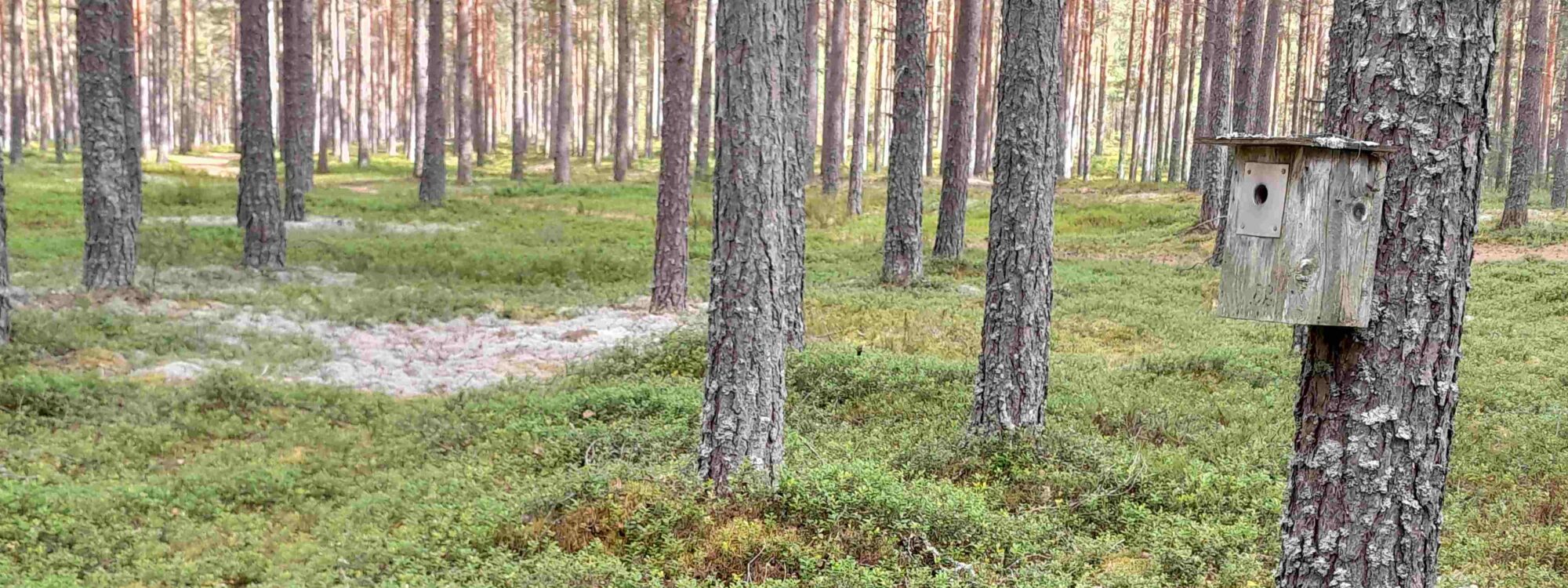The University of Turku maintains several field study sites and related valuable long-term datasets on bird nesting, actively used in international research projects and teaching. These include: The nesting bird time series from the Utsjoki Kevo Research Station (1983–ongoing), the world’s northernmost dataset on cavity-nesting passerines, with over 2000 recorded nests. The Harjavalta Environmental Research Project dataset (1991–ongoing), comprising more than 16000 nests. The Ruissalo cavity-nester dataset from Turku (2004–ongoing), which includes over 4000 nests. Prof. Lars von Haartman’s extensive 50-year dataset from Askais (1943–1994), documenting 4249 nests. The Tammisaari time series (2003–2020), covering 2112 nests. While these datasets primarily focus on passerines such as tits (Paridae) and pied flycatchers (Ficedula hypoleuca), similar data have also been collected for birds of prey, including kestrels, barn owls, and tawny owls.
Long-term field sites consist of bird nest boxes for which we have determined some basic information and environmental characters (e.g. coordinates, nest box type, forest type and vegetation). Each dataset contains detailed information on bird nesting, including location, timing of breeding, egg and chick numbers, nesting success, and measurements of both chicks and parent birds. Individual birds are marked, and various environmental variables—such as habitat quality, nutrition, and pollution levels—are recorded. These data have been, and will continue to be, instrumental in studying the effects of environmental changes, including climate change and pollution.
The UTUbirds project was established to support, coordinate, and standardize the collection, documentation, long-term storage, and research use of these nesting time series. UTUbirds is connected to the European-wide SPI-Birds Network & Database (Studies of Populations of Individuals – Birds Network & Database), with monitoring data from Kevo, Harjavalta, and Askais already available through SPI-Birds.
